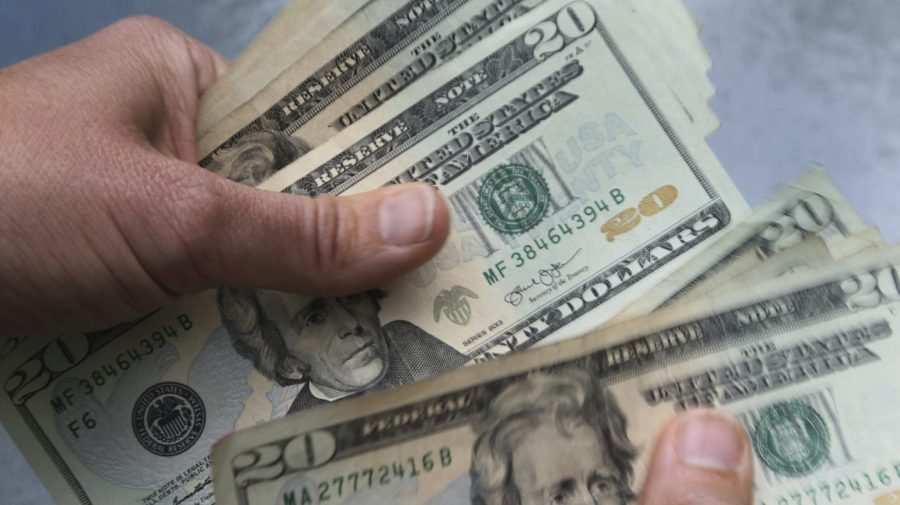In life, it’s best to expect the unexpected.
Unfortunately, job losses, vehicles breaking down and health crises can all be a part of that. To better handle these life events, experts suggest getting an emergency fund, though many people don’t have one, according to Bankrate.
In its annual report for 2024, Bankrate found that nearly 59 percent of U.S. adults are uncomfortable with their level of emergency savings. Around 27 percent of those polled don’t have anything saved up at all.
Still, it’s never too late to start building these funds up.
“My emergency fund is like a shock absorber between me and life,” Christine Luken, an author and personal finance blogger, said in an article on Discover’s website. “I still have vet bills and car repairs, but they are less stressful and disruptive because I have the money in savings to cover the cost.”
What is an emergency fund?
An emergency fund, as defined by the Consumer Financial Protection Bureau (CFPB), is a cash reserve specifically set aside for unplanned expenses that come up or any sort of loss of income.
“In general, emergency savings can be used for large or small unplanned bills or payments that are not part of your routine monthly expenses and spending,” according to the CFPB.
Research shows that those who don’t have emergency funds tend to rely on credit cards or loans when they do face financial hits — but this can lead to problems in the long run when it’s time to pay these debts off.
Once you do take money from the emergency fund, and you’re in a place to do so, it’s a good idea to start contributing to it again as soon as possible.
“Remember: If you start saving now, the money you save today can go a long way towards meeting your needs when the next emergency occurs,” financial services company Wells Fargo notes.
How much should I have in my emergency fund?
A rule of thumb most financial experts suggest is having enough to live on for at least three months — with some, like Discover, suggesting as many as 12.
Discover writes that you can take a look at your monthly expenses and then multiply that by three or more months to calculate a number for yourself.
Where should I keep my emergency savings?
So, once you have the cash, where should you put it?
A savings account might be the most obvious choice, especially ones that earn interest. High-yield savings accounts, according to NerdWallet, generally have variable rates, while a certificate of deposit locks in a rate for a certain period.
Money market accounts, which can also have debit card and check-writing privileges, are another option. However, NerdWallet writes that these might have a higher minimum deposit or balance requirement than traditional savings accounts.
The number of withdrawals people can make in a money market account might also be limited.

